The 365 Days of Astronomy
The 365 Days of Astronomy podcast launched in 2009 as part of the International Year of Astronomy. This community podcast continues to bring you day after day of content across the years. Everyday, a new voice, helping you see the universe we share in a new way. This show is managed by Avivah Yamani, edited by Richard Drumm. This podcast is funded through Patreon.com/CosmoQuestX and produced out of the Planetary Science Institute.
Space Stories - Solstice: When the Sun Stands Still

Hosted by our Director, Avivah Yamani!
What does "solstice" really mean? In this episode, we unpack the Sun's yearly turning point, the seasonal flip between hemispheres, and the ancient sky-architecture of Stonehenge, from June solstice sunrise to December solstice sunset.
We've added a new way to donate to 365 Days of Astronomy to support editing, hosting, and production costs.
Just visit: https://www.patreon.com/365DaysOfAstronomy and donate as much as you can!
Share the podcast with your friends and send the Patreon link to them too!
Every bit...
Deep Astronomy - The Largest Galaxy in the Universe: IC 1101
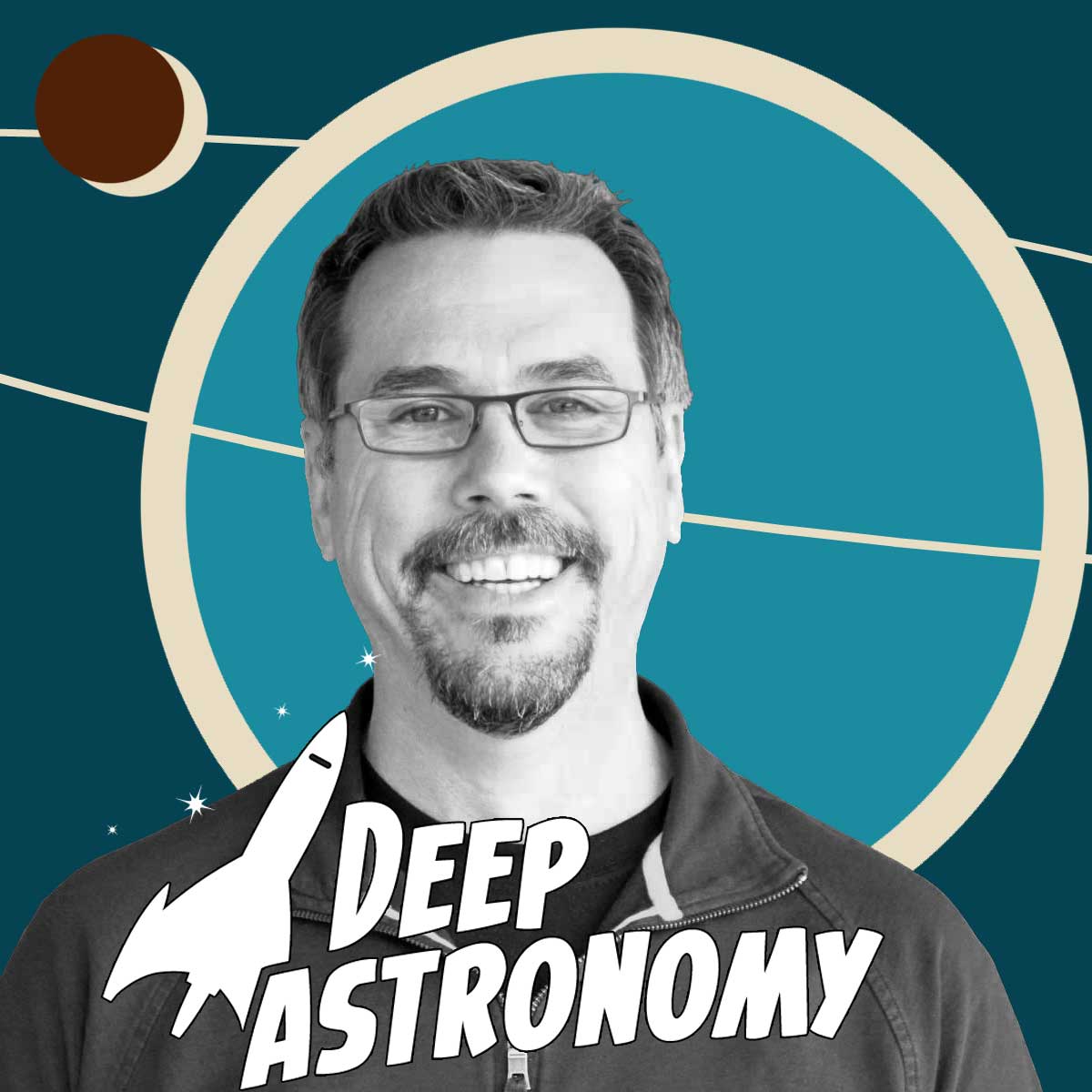
https://www.youtube.com/watch?v=UE8yHySiJ4A
Hosted by Tony Darnell.
From Sep 21, 2012.
This video was done by request from a Space Fan. Hope it's what you had in mind.
IC 1101 is over one billion light years away in the constellation Virgo, just over the border from Serpens.
https://en.wikipedia.org/wiki/IC_1101
We've added a new way to donate to 365 Days of Astronomy to support editing, hosting, and production costs.
Just visit: https://www.patreon.com/365DaysOfAstronomy and donate as m...
Astronomy Cast Ep. 775: The Hydrogen 21-cm Line
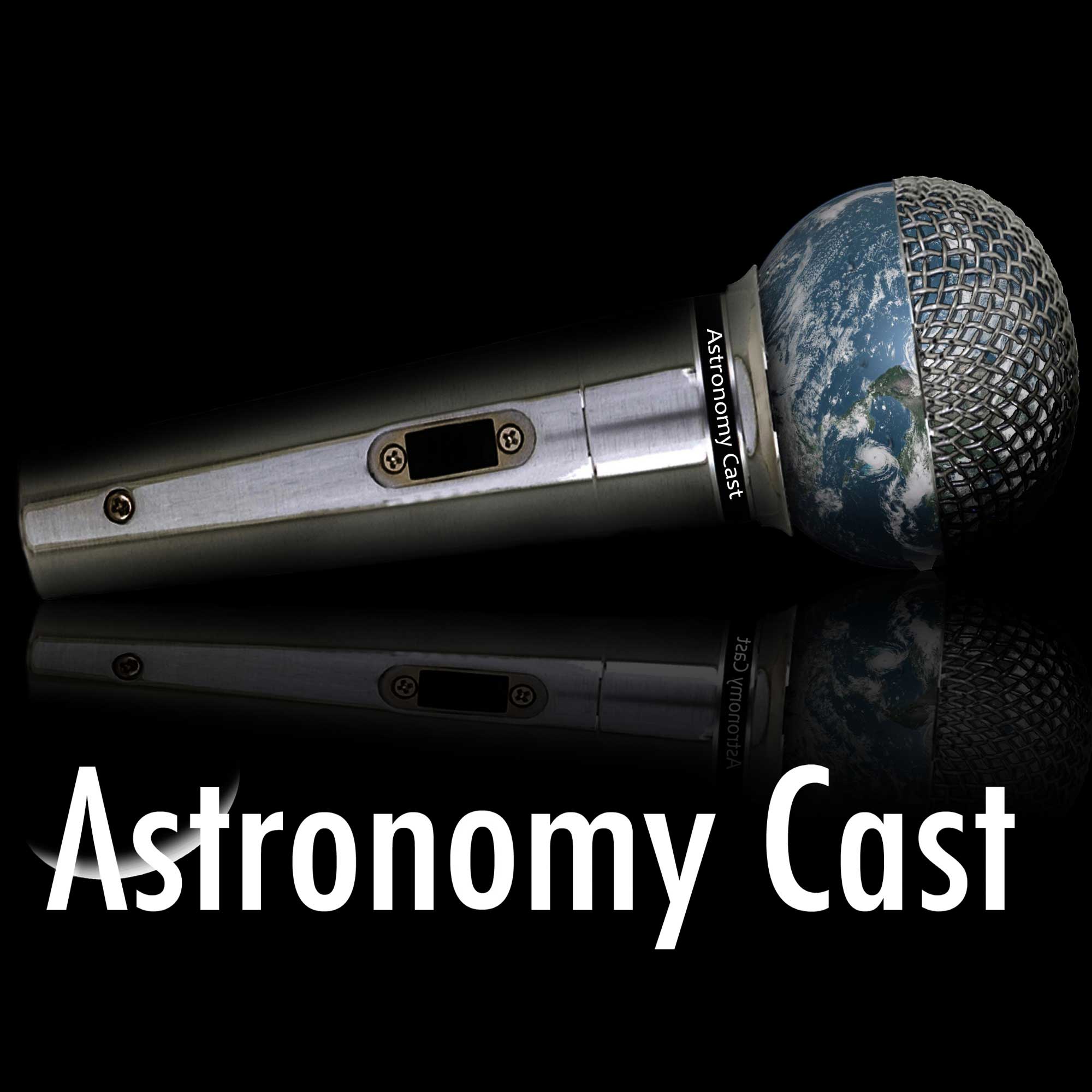
https://www.youtube.com/watch?v=2uvcumUc6Gc
Hosted by: Fraser Cain ( @frasercain ) and Dr. Pamela L. Gay ( @CosmoQuest )
Streamed live on Dec 15, 2025.
Atomic hydrogen is the raw material for stars, but there's a problem. It's cold & dark, but it can do a very rare trick, releasing a photon in a very specific wavelength, known as the 21 centimeter line. And thanks to this wavelength astronomers have mapped out star forming regions across the Milky Way, the Universe and into the Dark Ages! This forbidden transition of Hydrogen has led to the mapping of...
Travelers in the Night Eps. 359E & 360E: One in 100,000 & Finding Spacerocks
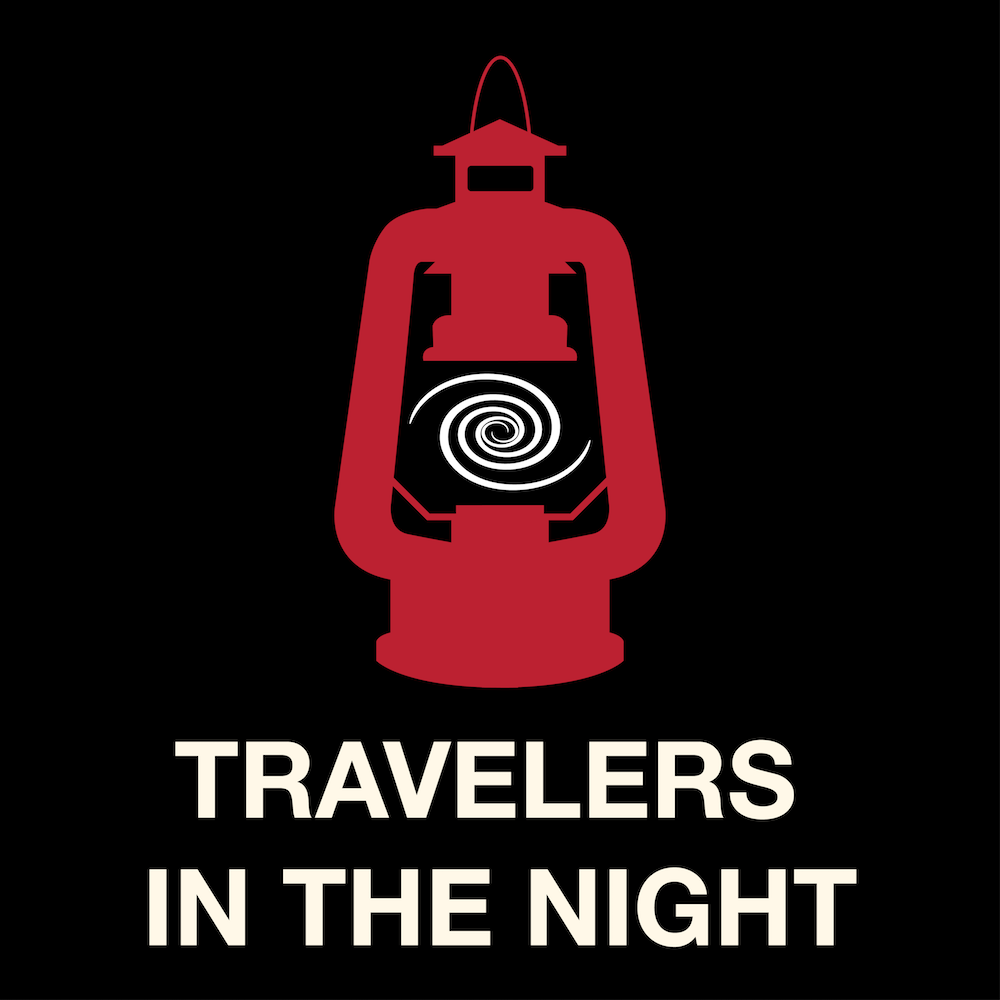
Dr. Al Grauer hosts. Dr. Albert D. Grauer ( @Nmcanopus ) is an observational asteroid hunting astronomer. Dr. Grauer retired from the University of Arkansas at Little Rock in 2006. travelersinthenight.org
From October 2025.
Today's 2 topics:
- Friday the 13th appears to continue to be a lucky day for the human race. When astronomers first discovered Apophis in 2004 it appeared possible that this 3 million ton, 1,200 foot diameter asteroid traveling at 8 mi/s could impact our planet creating a crater a several miles diameter and more than a half mile deep. Additional observations over the years have...
Astroman - Tips for Effective Science Communication
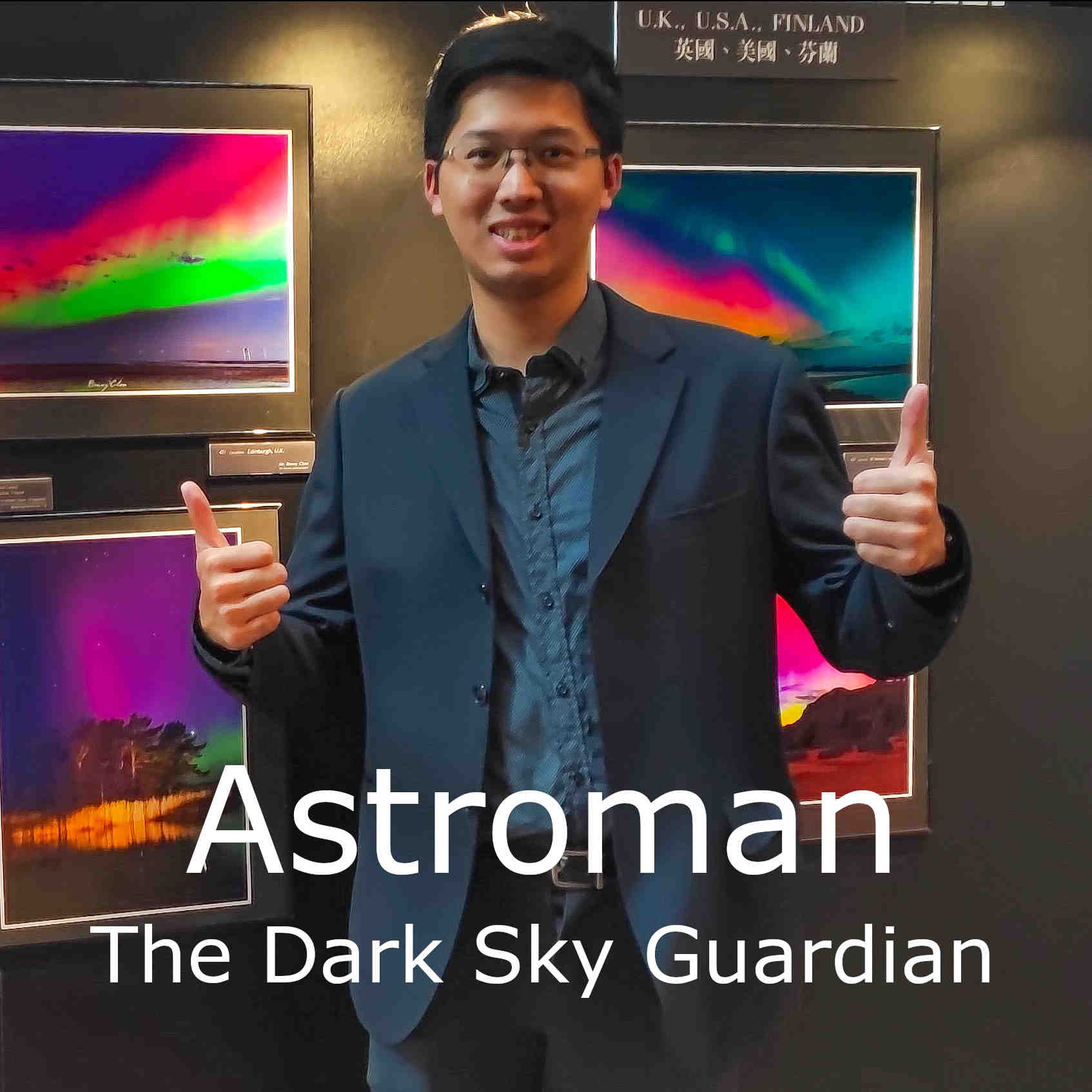
Episode 12.
"ASTROMAN: the Dark Sky Guardian" is a podcast channel that aims to explore popular science in multiple disciplines and research on interdisciplinary approaches, such as sustainability, dark-sky protection, astrophotography, space exploration, astronomy innovation, inclusive science communication, and STEAM Education by integrating science and arts.
Exodus CL Sit, also known as the ASTROMAN, is a transmedia astronomy educator, popular science author, STEAM educator, and science communicator in Hong Kong. He is recently the National Astronomy Education Coordinator (Chair of Hong Kong, China) of the International Astronomical Union and President of Starrix. He was a...
EVSN - Asteroid Destruction, Brown Dwarf Formation & Getting Science From Dust

From February 11, 2020.
Today's show starts with a mighty YORP. It turns out the YORP effect may spin asteroids to death in dying star systems. We also look at how the formations of giant planets and brown dwarf stars differ, and a new way to get science from dust.
We've added a new way to donate to 365 Days of Astronomy to support editing, hosting, and production costs.
Just visit: https://www.patreon.com/365DaysOfAstronomy and donate as much as you can!
Share the podcast with your friends and send the Pa...
Actual Astronomy - PiFinder

Hosted by Chris Beckett & Shane Ludtke, two amateur astronomers in Saskatchewan. actualastronomy@gmail.com
Today we have a guest joining us, Richard Wolf-Jacobson who is the founder of BB Labs/ PiFinder which is a new type of finder device. https://www.pifinder.io/
Before we get going Richard, can you tell us about where you are / observe / how you got started in Astronomy, what your interests are and what equipment you use?
* What is a Pi Finder?
* How does it work? / How do you set it up?
...UNAWE Space Scoop - What's the Shape of a Supernova?

https://spacescoop.org/en/scoops/2528/whats-the-shape-of-a-supernova/
Rewritten & recorded by your editor, Richard Drumm.
When you imagine an explosion in space, a supernova is usually what first comes to mind. But astronomers are still quite puzzled by some of the details of these cosmic fireworks. The typical supernova we often picture is really the end of a massive star's life.
And a very dramatic ending at that!
During its existence, a star keeps its spherical shape through a very delicate balance between:
- the outward pressure created by t...
Ask A Spaceman - Ep. 262: Does the Universe Have Extra Dimensions?

Large Extra Dimensions!
Hosted by Dr. Paul M. Sutter.
What do extra dimensions have to do with the strength of gravity? What is a tower of gravitons? How can we detect extra dimensions even if we can't perceive them? I discuss these questions and more in today's Ask a Spaceman!
Support the show: http://www.patreon.com/pmsutter
All episodes: http://www.AskASpaceman.com
Watch on YouTube: http://www.youtube.com/PaulMSutter
Read a book: https://www.pmsutter.com/books
Keep th...
Astronomy Cast Ep. 142: Plate Tectonics

http://www.astronomycast.com/archive/
From June 15, 2009.
The surface of the Earth feels solid under your feet, but you're actually standing on a plate of the Earth's crust. And that plate is slowly shifting across the surface of the Earth. Over geologic timescales, plate tectonics has totally resurfaced our planet, bringing continents together, and tearing them apart. We know we have plate tectonics here on Earth, but what about other worlds in the solar system?
We've added a new way to donate to 365 Days of Astronomy to support editing, hosting, and p...
Travelers in the Night Eps. 357E & 358E: 40 Years & Tiny Spacecraft

Dr. Al Grauer hosts. Dr. Albert D. Grauer ( @Nmcanopus ) is an observational asteroid hunting astronomer. Dr. Grauer retired from the University of Arkansas at Little Rock in 2006. travelersinthenight.org
From October 2025.
Today's 2 topics:
- Looking at the stars on a clear dark night, far from the artificial air glow humanity creates, have you ever wondered what it would be like to travel in truly deep interstellar space? 40 years after their launches in 1977, your representatives, the twin Voyager 1 and Voyager 2 spacecraft are in the vast space between the stars in our Milky Way galaxy...
NOIRLab - An Extra Long Gamma Ray Burst

Astronomers have observed the longest-ever gamma-ray burst — a powerful, extragalactic explosion that lasted over seven hours. Rapid follow-up observations with the U.S. Department of Energy-fabricated Dark Energy Camera and the International Gemini Observatory provided crucial information about the possible origin of this extraordinary event and the galaxy that hosts it.
Bios:
- Rob Sparks is in the Communications, Education and Engagement group at NSF's NOIRLab in Tucson, Arizona.
- Jonathan Carney is a graduate student at the University of North Carolina at Chapel Hill, where he studies time-domain astronomy with a f...
EVSN - Never Trust a Volcano & Other Geology Tales

From December 3, 2025.
The world we live on today has undergone dramatic change since it first formed, and time hasn't necessarily been kind. Earth has gained some weight (and a Moon) after a chance collision. A leaky gut led to some confusing internal structures. Here on the surface, mountains keep finding new ways to pop off and destroy surroundings. But scientists are helping us understand all these factors. Learn how in this episode of EVSN, and also hear about our latest tales from the launch pad.
We've added a new way to donate to 365 D...
Guide To Space - NASA Wants To Bring A Chunk Of Comet Back To Earth. Collaboration with Everyday Astronaut
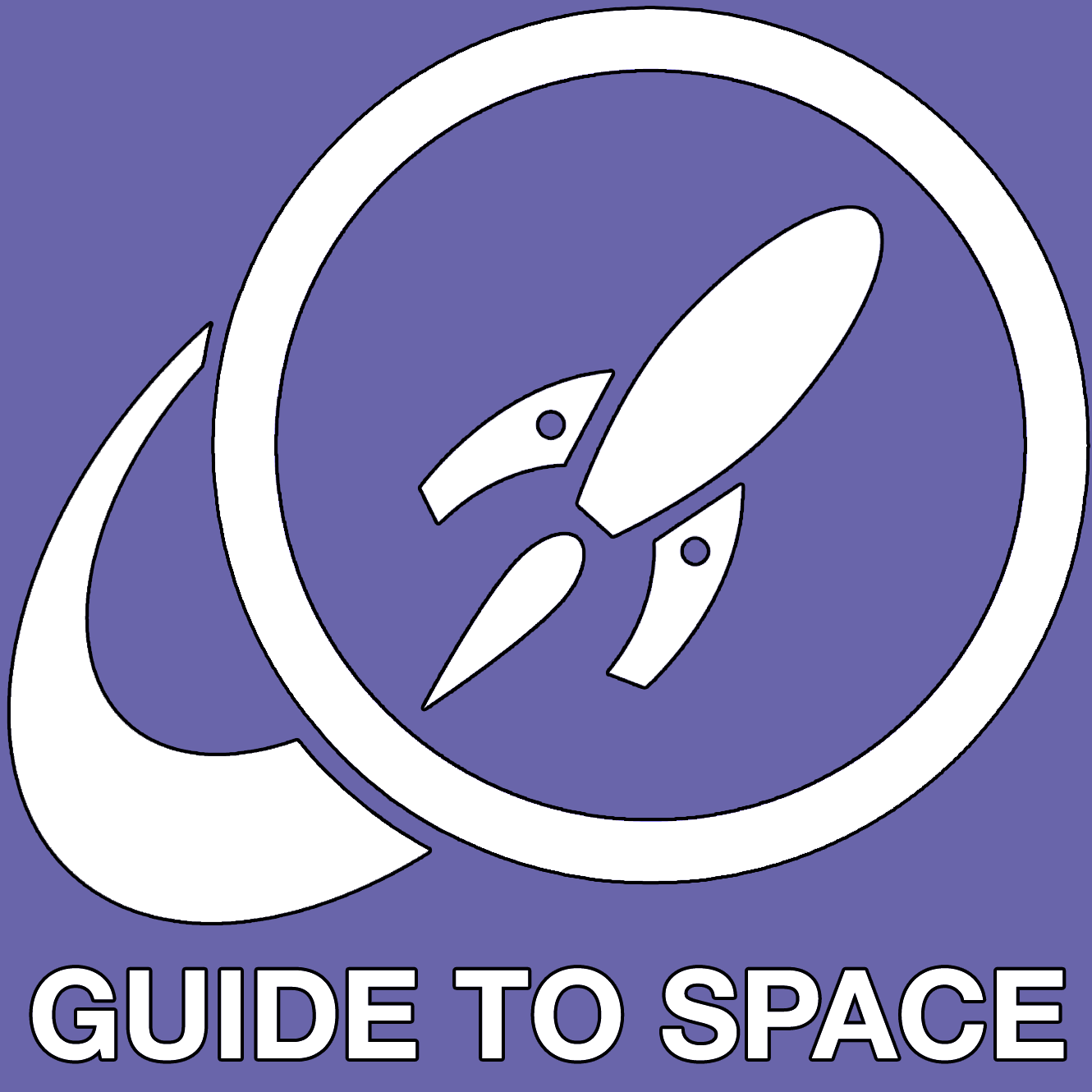
https://www.youtube.com/watch?v=CtVKAQMNjY4
Hosted by Fraser Cain & Tim Dodd.
From Feb 27, 2018.
NASA is going to decide between a comet sample return mission or a helicopter on Titan. Which mission should it be?
[Spoiler alert! NASA went with the Dragonfly mission.]
Tim's video:
https://www.youtube.com/watch?v=JkS2dP7eiEU
We've added a new way to donate to 365 Days of Astronomy to support editing, hosting, and production costs.
Just visit: https://www.patreon.com/365DaysOfAstronomy and don...
Cheap Astronomy - Implausible Engineering, Episode 6: Lasting the Distance
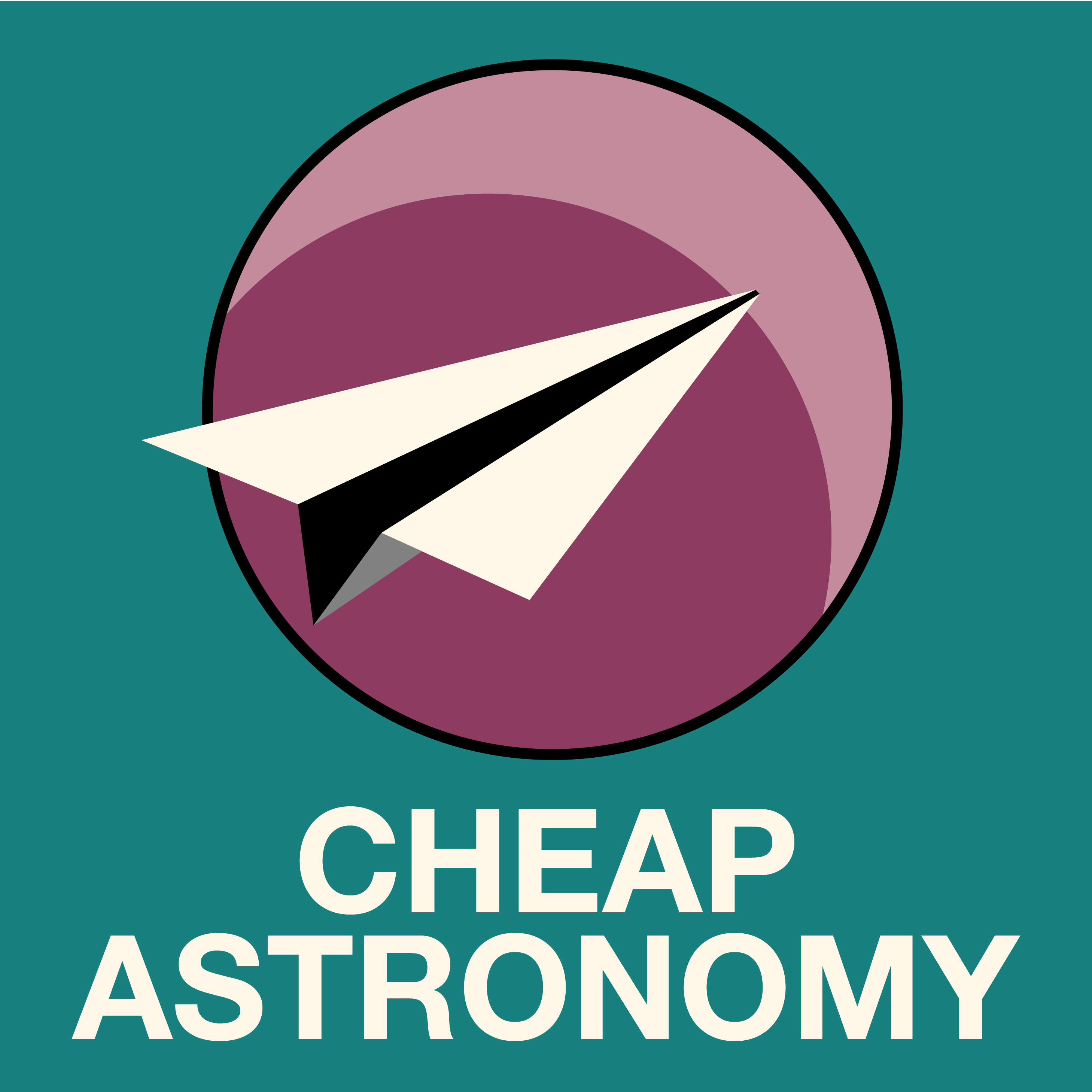
Hosted by Steve Nerlich.
Immortality is hard work.
Episode 6a: Staying Switched On
It's difficult to achieve immortality unless you also achieve invulnerability, since even if you don't age or
get sick you can still die from a natural disaster, or a murder, or whatever. Indeed, the longer you live
the more likely some unexpected calamity may come your way. So, if your only immortal up until the
point that something goes wrong and you die, then you're not really immortal.
Episode 6b: Ho...
Deep Astronomy - A Glimpse Into The Early Universe Ep. 1

https://www.youtube.com/watch?v=nUyT46ZQYsc
Hosted by Tony Darnell.
From Feb 6, 2025.
JWST Discovers Planet Formation in the Conditions of the Early Universe!
Journey with the James Webb Space Telescope to the star cluster NGC 346, a vibrant region of star birth and potential planet formation. This image offers a glimpse into the early universe, where stars formed under conditions very different from our own Milky Way.
See how JWST's infrared vision reveals protoplanetary disks - swirling clouds of gas and dust around young stars - d...
Astronomy Cast Ep. 774: How Does Bad Science Happen?

https://www.youtube.com/watch?v=l2kddFmnF5o
Hosted by: Fraser Cain and Dr. Pamela L. Gay.
Streamed live on Nov 8, 2025.
Scientific expertise is under attack on all fronts with concerns coming from politicians and the public. While most of this is unwarranted and politically motivated, there can be germ of truth. Bad science does happen, but how? How is it that papers that very few believe still make it through peer review and to publication? Why do professors at prominent universities get quoted saying things that seem to be fiction? In...
Travelers in the Night Eps. 355E & 356E: Moon Water & Interplanetary Sand Traps

Dr. Al Grauer hosts. Dr. Albert D. Grauer ( @Nmcanopus ) is an observational asteroid hunting astronomer. Dr. Grauer retired from the University of Arkansas at Little Rock in 2006. travelersinthenight.org
From September 2025.
Today's 2 topics:
- The lunar roving, battery powered, 4 wheel drive "Moon Buggy" allowed astronauts on Apollo 15, 16, and 17 to travel 8 mph on the lunar surface with a maximum range of approximately 4.7 mi. Some of the rocks that these space travelers brought back, from the tiny area they were able to visit on the Moon, contained volcanic glass beads with trace amounts of trapped...
December Sky Guide for Equatorial Region

Hosted by our Director, Avivah Yamani.
Today we have sky guide for the rest of December 2025, specifically curated for observers in the equatorial region with Indonesia as the based of location. While the recent dazzling Full Moon and Supermoon gave us a brilliant start, the celestial show continues with powerful planetary meetings and the most spectacular meteor shower of the year!
We've added a new way to donate to 365 Days of Astronomy to support editing, hosting, and production costs.
Just visit: https://www.patreon.com/365DaysOfAstronomy and donate as much as yo...
EVSN - Cotton Candy Super Puffs, the Warped Milky Way Galaxy & Conference Chaos

From March 3, 2020.
Hosted by Suzie Murph.
This week's news is weird. Cotton candy exoplanets called "SuperPuffs" may have rings, the Milky Way Galaxy may have been warped by a major collision, and conference COVID cancellations and uncertainty are overwhelming the news this week.
We've added a new way to donate to 365 Days of Astronomy to support editing, hosting, and production costs.
Just visit: https://www.patreon.com/365DaysOfAstronomy and donate as much as you can!
Share the podcast with your friends and send the Patreon link to th...
Actual Astronomy - Observer's Guide - December
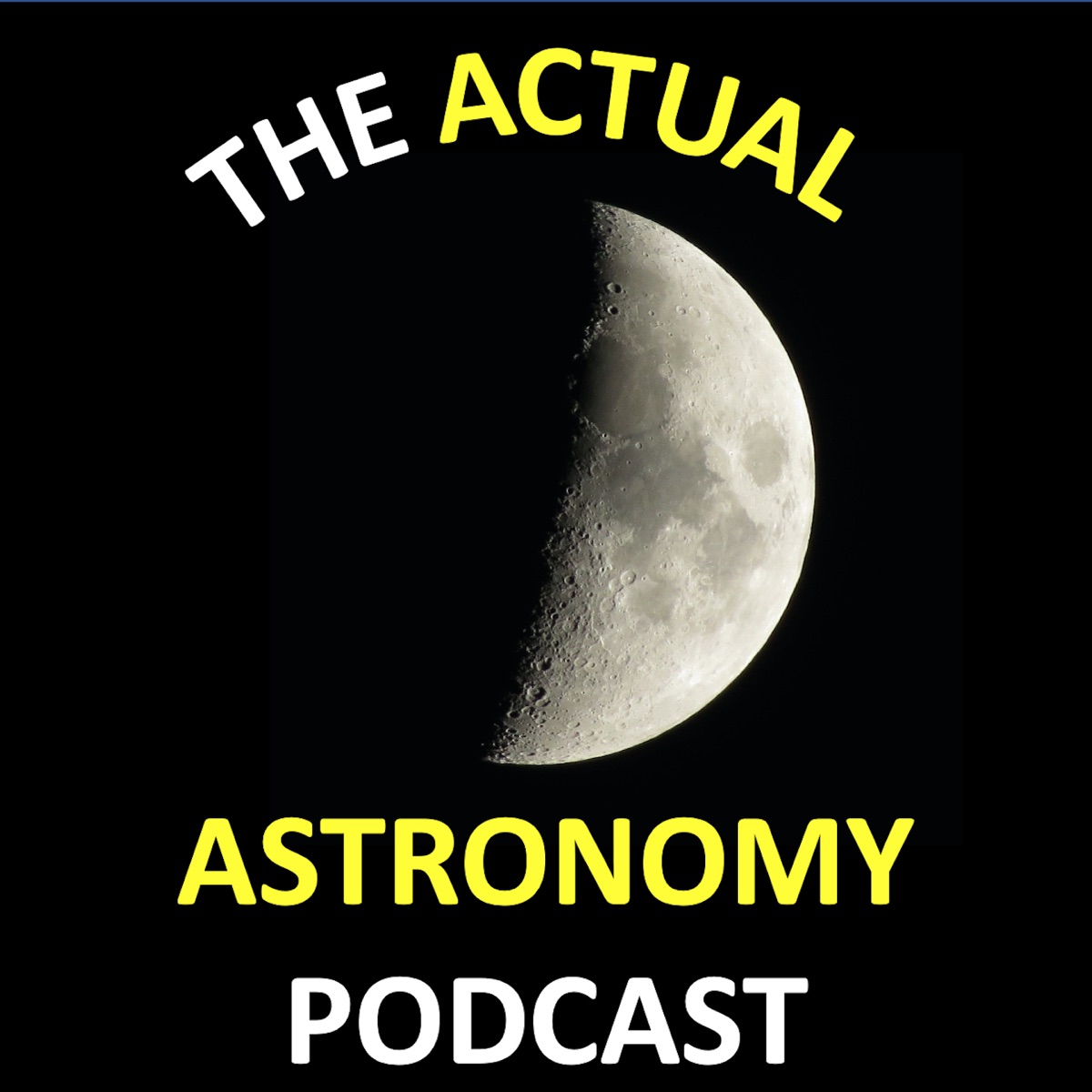
Hosted by Chris Beckett & Shane Ludtke, two amateur astronomers in Saskatchewan. actualastronomy@gmail.com
- Dec 3-4 – Moon 0.8° N of Pleiades (Occults stars in Virginia)
Carbon Star U Lyr best tonight
- Dec 4 – Full Moon in Taurus
- Dec 7 – Jupiter 4° South of Moon
Mercury Greatest Elongation 21° from Sun in morning Sky
Endymion sunset rays visible on Moon
- Dec 7-8 Moon and M44
- Dec 8 – 16 Psyche at Opposition 9.4 magnitude
Asteroid 16 Psyche is a large, metal-rich asteroid, thought to be the exposed core of a p...
Awesome Astronomy - December Part 1: Icy Telescopes & Martian Lightning
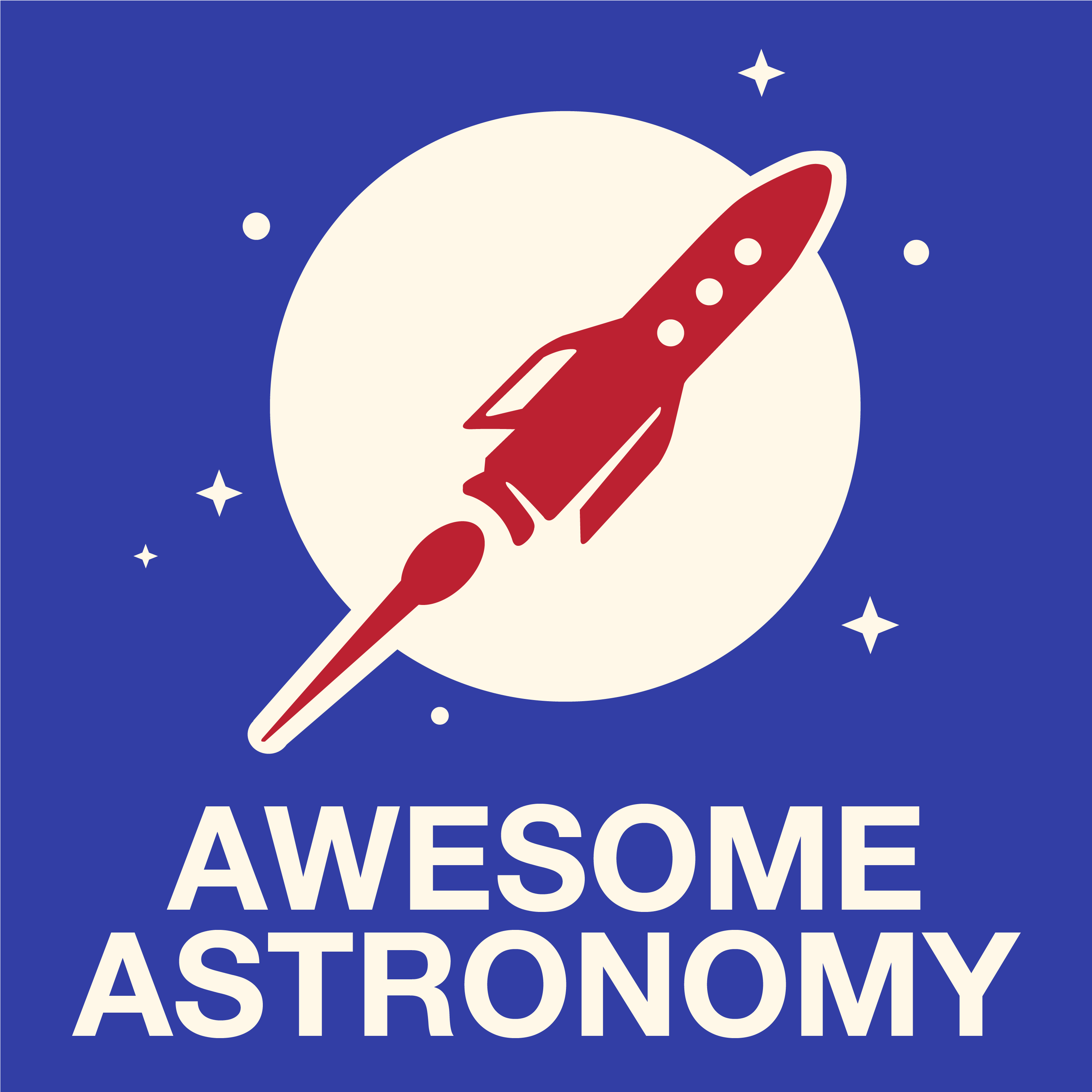
Paul Hill and Dr. Jenifer "Dr. Dust" Millard host.
Damien Phillips, John Wildridge and Dustin Ruoff produce.
This episode it is a new bananza with discussion of the Thirty Metre Telescope, shenanigans on Mars, asymmetrical supernovae and more trouble in the world of cosmology. There is a Xmas Telescope buying guide as well as our monthly skyguide!
We've added a new way to donate to 365 Days of Astronomy to support editing, hosting, and production costs.
Just visit: https://www.patreon.com/365DaysOfAstronomy and donate as much as you can!
...Ask A Spaceman - Ep. 261: What are Black Dwarfs?

What happens to a white dwarf when it cools off? How long does it take? Do they just stay black forever, or will something more interesting happen to them someday? I discuss these questions and more in today's Ask a Spaceman!
Support the show: http://www.patreon.com/pmsutter
All episodes: http://www.AskASpaceman.com
Watch on YouTube: http://www.youtube.com/PaulMSutter
Read a book: https://www.pmsutter.com/books
Keep those questions about space, science, astronomy, astrophysics, physics, and cosmology coming to #AskASpaceman fo...
Astronomy Cast Ep. 773: What Would You Do With $1 Billion For Astronomy?

https://www.youtube.com/watch?v=MI7BBHAhdSo
Hosted by: Fraser Cain and Dr. Pamela L. Gay.
Streamed live on Nov 9, 2025.
We are powerless fans of space exploration. But what if some fool gave us the authority and funding to make our space dreams a reality? Someone asked us what we'd do with a billion dollars. What missions? Which telescopes? But what if we had more? 100 Billion! A trillion! All the monies! You keep asking, and this week we answer you! Come hear what Fraser and Pamela would do if they were given...
Travelers in the Night Eps. 353E & 354E: Peaceful Star & Martian Debris

Dr. Al Grauer hosts. Dr. Albert D. Grauer ( @Nmcanopus ) is an observational asteroid hunting astronomer. Dr. Grauer retired from the University of Arkansas at Little Rock in 2006. travelersinthenight.org
From September 2025.
Today's 2 topics:
- The Sun is our very own well behaved star. It rises and sets in our sky every day and powers and makes possible all life forms on planet Earth. A new appreciation for our Sun is growing as we learn more about other suns and their families of planets. The Trappist-1 system of 7 planets orbits a dim M type...
Folklore - Tokuzou's Star: When the Northern Star Moved
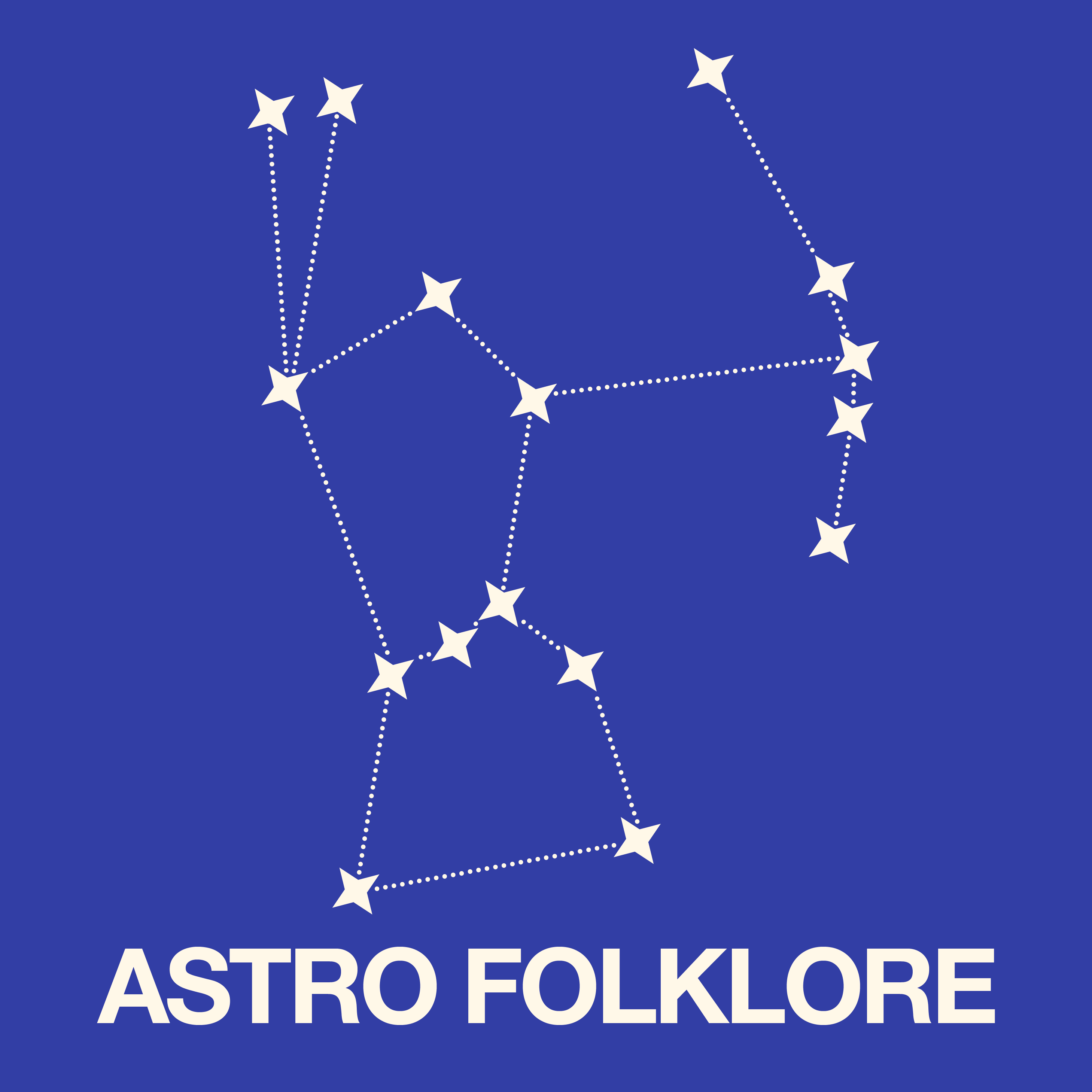
Hosted by our Director, Avivah Yamani.
In Japanese folklore Tokuzou was a great mariner from Osaka who relied on Polaris (as we europeans call it), the North Star for navigation at sea. Then one night his wife saw that it had shifted out of place and she was afraid that her husband wouldn't be able to find his way back home!
We've added a new way to donate to 365 Days of Astronomy to support editing, hosting, and production costs.
Just visit: https://www.patreon.com/365DaysOfAstronomy and donate as much as yo...
EVSN - Another Potential Dark Matter Particle Isn't Found

From April 21, 2021.
Researchers looked for a slowdown in black hole rotational speeds due to the collection of ultralight bosons, but they found nothing, eliminating the hypothetical particle from the list of possible dark matter particles. Plus, neutrino hunting, neutron stars, and a space hurricane.
We've added a new way to donate to 365 Days of Astronomy to support editing, hosting, and production costs.
Just visit: https://www.patreon.com/365DaysOfAstronomy and donate as much as you can!
Share the podcast with your friends and send the Patreon link to them to...
H'ad Astra Historia - The 2026 Doggett Prize, Part 1
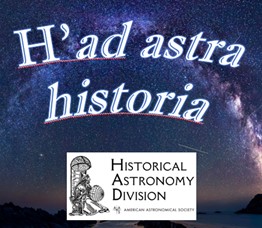
Episode 207.
Today's guest: Professor Thomas Hockey, with the University of Northern Iowa, is the recipient of HAD's 2026 LeRoy E. Doggett Prize, which is awarded biennially to an individual who has significantly influenced the field of the history of astronomy by a career-long effort. In our interview, we'll hear about his background and explore some of his many achievements. This is the first of multiple episodes presenting our interview with him.
H'ad astra historia is the official podcast for the Historical Astronomy Division of the American Astronomical Society. We're here to share stories from a...
Cheap Astronomy - Implausible Engineering: Building A Telescope Big Enough To See Aliens

Hosted by Steve Nerlich.
From October 14, 2024.
Episode 5 — Too much is never enough.
Cheap Astronomy's vision for space exploration: build whopping-big telescopes and send the robots.
We've added a new way to donate to 365 Days of Astronomy to support editing, hosting, and production costs.
Just visit: https://www.patreon.com/365DaysOfAstronomy and donate as much as you can!
Share the podcast with your friends and send the Patreon link to them too!
Every bit helps! Thank you!
------------------------------------
Do go visit...
Deep Astronomy - The Amazing Orion Nebula As Seen By Hubble & Spitzer Space Telescope

https://www.youtube.com/watch?v=_BOqF2XknOc
From Jan 12, 2018.
Hosted by Tony Darnell.
Like this content? Please consider becoming a patron:
https://www.patreon.com/profile/creators?u=2493405
On January 11, 2017 the Spitzer and Hubble Space Telescope missions released an amazing flythrough of the Orion Nebula, or M42. Never before have we had such a detailed look at this naked eye object in two wavelengths.
Using actual scientific imagery and other data, combined with Hollywood techniques, a team at the Space Telescope Science Institute in Bal...
Astronomy Cast Ep. 772: 2025 Gift Guide

https://www.youtube.com/watch?v=panahVzZ6nw
Hosted by: Fraser Cain and Dr. Pamela L. Gay.
Streamed live on Nov 9, 2025.
It's time once again for our annual gift giving guide. We've got recommendations for books, movies, TV shows, games and of course astronomy gear to satisfy the space nerds in your family. The Christmas season is almost upon us, and with it comes excuses to inject science into the lives of those you love... or ask for them to give you that book, lens, or art print you already know you'll love...
Travelers in the Night Eps. 351E & 352E: Active Asteroid & Flying Mud Balls

Dr. Al Grauer hosts. Dr. Albert D. Grauer ( @Nmcanopus ) is an observational asteroid hunting astronomer. Dr. Grauer retired from the University of Arkansas at Little Rock in 2006. travelersinthenight.org
From August & September 2025.
Today's 2 topics:
- When it was first spotted by astronomers at Space Watch on Kitt Peak, 2008 GO98 appeared to be one of many outer main belt asteroids moving through the night sky. 9 years later when my Catalina Sky Survey teammate Greg Leonard observed it with our 60 inch telescope on Mt. Lemmon it had a coma and a tail like a comet...
The Cosmic Savannah Ep. 76: First Ever Live Show Debut at Astronomy Olympics
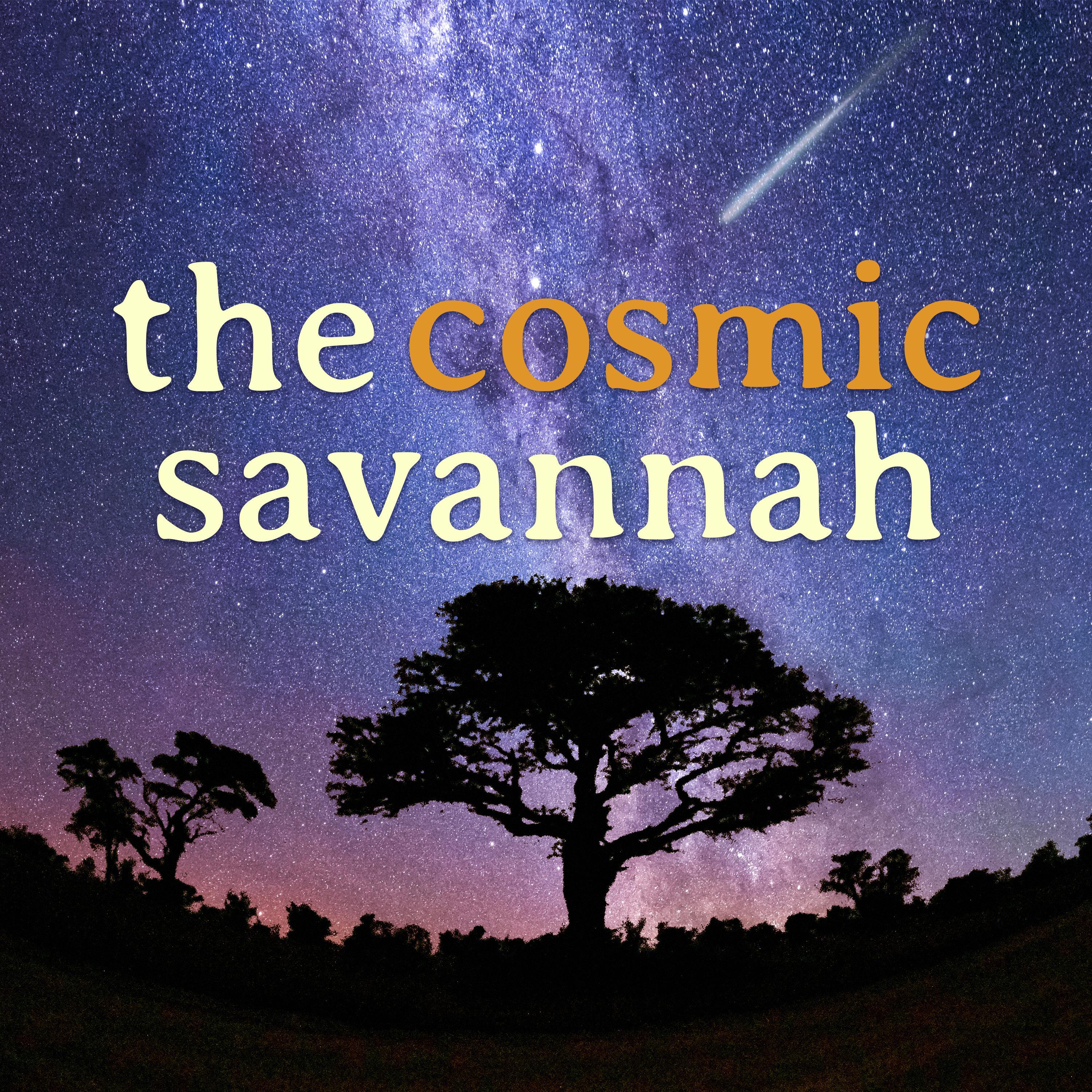
Hosted by Dr. Jacinta Delhaize, Dr. Tshiamiso Makwela & Dr. Daniel Cunnama.
Watch the whole show on YouTube! [Editor's note: Start at 20:28 where the audio starts with some rocking marimba action! The last 5 minutes here are more tunes from the marimba band.]
https://www.youtube.com/live/Dgw6mz5bTG4?si=xAr-fa0GvLwpT-pc
This week, join us for a special live episode from the 2024 IAU General Assembly in Cape Town, South Africa, featuring black hole simulations expert Dr. Nicole Thomas and winner of the 2011 Nobel Prize for Physics Prof. Brian Schmidt.
EVSN - Active Black Hole's Surge in Brightness Due to Magnetic Flip

From May 10, 2022.
A luminous black hole already classified as an active galactic nucleus brightened suddenly in recent ground and space observations, and the cause may be due to a sudden flip in the magnetic poles. Plus, community science, rockets, Ingenuity, and an interview with Dr. Cathy Weitz from Planetary Science Institute.
We've added a new way to donate to 365 Days of Astronomy to support editing, hosting, and production costs.
Just visit: https://www.patreon.com/365DaysOfAstronomy and donate as much as you can!
Share the podcast with your friends an...
Actual Astronomy - Mark Radice's Recent Astronomy Adventures

Hosted by Chris Beckett & Shane Ludtke, two amateur astronomers in Saskatchewan. actualastronomy@gmail.com
Our friend Mark Radice joins us to talk about his recent trip to Namibia where he helps run astronomy tours at a ranch.
Great fun observing with guests and celestial sights including:
- Alpha Centauri double star
- 47 Tucanae – simply stunning
- Comet SWAN (couldn't see Lemon)
- Milky Way constellations
- NGC 253 galaxy; M8 Lagoon; Tarantula Nebula
- Saturn
- Neptune
- Moon
...
Guide To Space - What Will It Take To Stay Healthy In Space? Practical Artificial Gravity

https://www.youtube.com/watch?v=SHfUbNRO-3A
From Mar 14, 2018.
One of the biggest problems of spaceflight is the total lack of gravity. Here are some proposals that could generate artificial gravity through rotating spacecraft.
Sign up to my weekly email newsletter:
https://www.universetoday.com/newsletter
We've added a new way to donate to 365 Days of Astronomy to support editing, hosting, and production costs.
Just visit: https://www.patreon.com/365DaysOfAstronomy and donate as much as you can!
Share the pod...
Ask A Spaceman Ep. 260: What's the Big Deal with the Weak Force?

Hosted by Dr. Paul M. Sutter.
How did we discover the weak nuclear force? Why is it so strange compared to the other forces? What do mirrors have to do with all of this? I discuss these questions and more in today's Ask a Spaceman!
Support the show: http://www.patreon.com/pmsutter
All episodes: http://www.AskASpaceman.com
Watch on YouTube: http://www.youtube.com/PaulMSutter
Read a book: https://www.pmsutter.com/books
Keep those questions about space, science, astronomy, astrophysics, ph...
Astronomy Cast Ep. 771: Comet Tails

https://www.youtube.com/watch?v=whMphW1Tb5I
Hosted by: Fraser Cain and Dr. Pamela L. Gay
Streamed live on Nov 8, 2025.
With the arrival of the comet 3I/Atlas (Asteroid Terrestrial-impact Last Alert System), the world is getting a crash course in comets, their behavior, and of course their tails. Today we're going to talk about comets and their tails, why they exist, how they grow, why they can be different colors and how they can be sometimes point AT the Sun.
Comets are one of the most a...
Travelers in the Night Eps. 349E & 350E: Trappist-1 Planets & Brute

Dr. Al Grauer hosts. Dr. Albert D. Grauer ( @Nmcanopus ) is an observational asteroid hunting astronomer. Dr. Grauer retired from the University of Arkansas at Little Rock in 2006. travelersinthenight.org
From August 2025.
Today's 2 topics:
- The Trappist-1 planetary system located about 40 light years away in the constellation of Aquarius consists of a small red dwarf star and 7 Earth sized planets. By carefully studying changes in the planet's transit timings and the shape of the dip in the host star's brightness as each planet transits across it, astronomers have been able to measure the orbital...
ASTROMAN - Dark Sky Astrophotography in Dark Sky Regions

Episode 11.
"ASTROMAN: the Dark Sky Guardian" is a podcast channel that aims to explore popular science in multiple disciplines and research on interdisciplinary approaches, such as sustainability, dark-sky protection, astrophotography, space exploration, astronomy innovation, inclusive science communication, and STEAM Education by integrating science and arts.
Exodus CL Sit, also known as the ASTROMAN, is a transmedia astronomy educator, popular science author, STEAM educator, and science communicator in Hong Kong. He is recently the National Astronomy Education Coordinator (Chair of Hong Kong, China) of the International Astronomical Union and President of Starrix. He was a...
